Transform your website into an accessible content for people with disabilities
We are introducing to you Accessibility. Accessibility is a framework that unifies plugins that allow you to easily transform the content of your website and make it accessible to people with different disabilities. The framework consists of the following plugins:
- Macedonian text-to-speech synthesizer
- Convertor to a dyslexic font in the Macedonian language
- A unique color palette for better contrast
- Presentation of contents in sign language
- Increasing the cursor
- Marking links
- Increase/decrease the font
- Increase/decrease distance between text
Article 16 of the Constitution regulates the right of access to information in the Republic of North Macedonia, and the Law on Free Access to Public Information requires all information holders to properly inform the public. Any public information should be accessible to all individuals, including people with disabilities, providing them with the right to know, free expression and opinion, and the acquisition of ideas, and thus to take an active part in social actions. In 2011, the Assembly ratified the United Nations Convention on the Rights of People with Disabilities. The Convention’s fundamental purpose is to promote, protect, and ensure that people with disabilities have full and equal access to all human rights and freedoms, as well as independent living and involvement in all aspects of life.
Given that people with disabilities make up approximately 10% of our population, all the information found on the internet should be presented in a format that will be accessible to them.
In order to ensure access to information in a form acceptable for people with disabilities, information holders should establish procedures that address the recommendations of the WCAG 2.1 standard for presenting web content in a way that enables the transfer of content to people with disabilities.
Encouraged by these factors, we developed tools to transform any web content into a form accessible to people with disabilities. But who are considered as people with disabilities? People with disabilities are those people with long-term physical, mental, intellectual or sensory disorders, who in interaction with various disabilities can prevent their full and effective representation in society on an equal basis as others. As there are several categories of people with disabilities, and all of these people are users of different websites, when creating a new or adapting the availability of an existing website, it is necessary to take into account as many categories of people with disabilities. The categories of disabilities are:
- Visual – visually impaired (blind and visually impaired)
- Audiological – people with hearing impairment (deaf and hard of hearing people)
- Motor/mobility – people with physical disabilities
- Cognitive/intellectual – people with intellectual disabilities.
The following section will inform what tools are intended for which category of people with disabilities. One of the tools that have been introduced to make people with dyslexia more informed is the use of special fonts that make reading easier. The first Cyrillic font – DyslexicFZF in our country, is open source and free to use. Studies show that using this font increases the speed and fluency of reading while reducing the number of mistakes made by people with dyslexia. By integrating the font on a website, each text will be transformed into a form that will facilitate informing people with dyslexia. Moreover, the font comes with a contrast-enhanced color palette that again makes the reading easier for a specific group of people with dyslexia. In addition to the Cyrillic font, a Latin font is available to transform English content.
The second major tool is extremely important for the ones with hearing loss. People with hearing impairments are part of everyday life and are exposed to all the changes in modern life, they face challenges, but it always comes late or in a different format due to the fundamental problem – a communication barrier or lack of information in an appropriate form.
Communication and distribution of information that is essential can be in different formats: written, spoken, visual, etc. But, in essence, deaf people perceive such information channels and information as a “foreign language” because, for every deaf person, their mother tongue and natural means of receiving information is sign language. Sign language is not an additional or auxiliary means of overcoming a barrier, but on the contrary, sign language is a linguistic right of every deaf person. Today in the modern world sign languages have equal treatment with all spoken languages precisely because of their features and structural characteristics of a language and including their own specific grammar, morphological-syntactic structure, and lexicon with all the characteristics of a language. Sign language is not aid – the movement of the hands in the air, but a cultural identity mark of deaf people, here and everywhere in the world.
In that direction, a public or general institution should show equal treatment and respect for the right to information. The attitude towards deaf people is seen through whether and to what extent the sign language is represented in its social activity and impact. The amount of sign language in a piece of information reflects the informant’s appreciation for variety, particularly for deaf people and their natural need for sign language. For this purpose, with our tool, most of the content on a website can be transformed into sign language using the knowledge of a person whose mother tongue is indeed sign language.
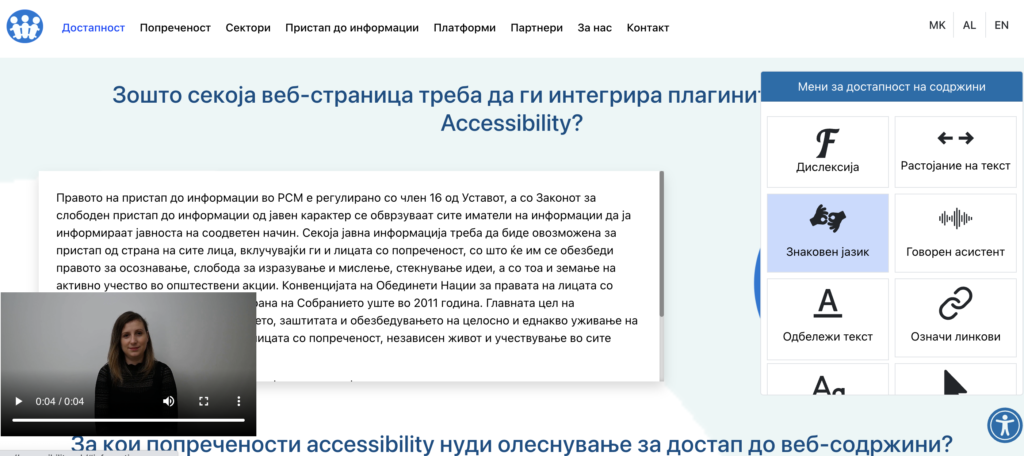
The third big plugin concerns the needs of the visually impaired and the blind. The only way to convey web content suitable for people with audiological disabilities is through a sound representation of the content and sound navigation through the website. Our team created the first Macedonian-like human speech synthesizer that can be integrated as a service on any website. Visually impaired and blind people will be able to explore the web and hear any new information in a natural way with the help of this text-to-speech translator. Both Macedonian and English versions of this tool are available.
The accessibility framework can be used on websites of different sectors and backgrounds›. It can easily transform contents from the IT and telecommunication sector, the health sector, the banking and finance sector, the governmental and non-governmental sector, and so on.
This initiative is just the beginning of an era of transformations that we hope will raise social responsibility and will be an example of real implementation of the basic Constitutional right to access information. We are continuing our research not only in direction of developing mechanisms for transmitting information to the people with disabilities but also mechanisms for receiving information from these people and their active involvement in the society. For more information, please check our website https://accessibility.mk/.
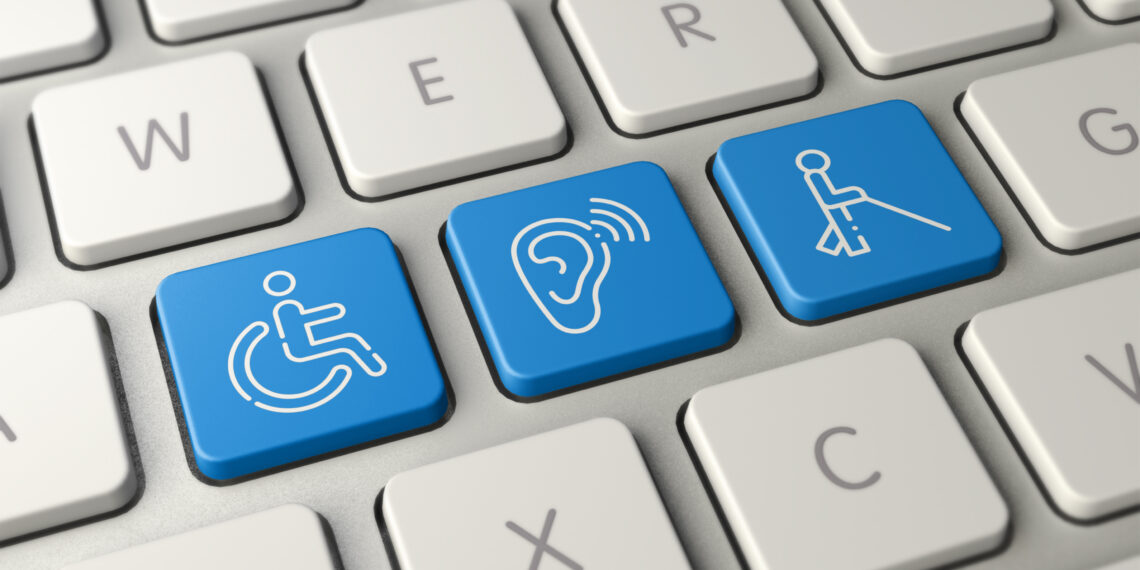

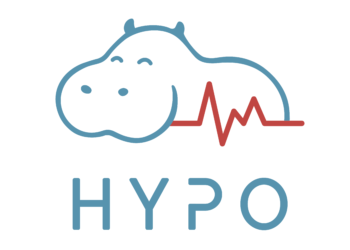
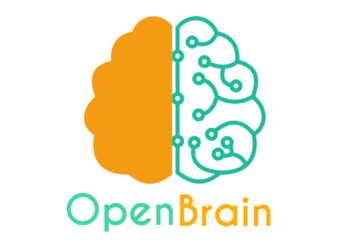
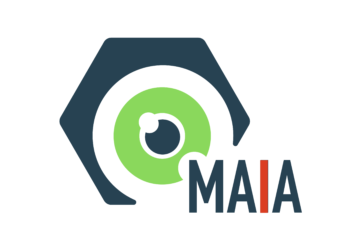
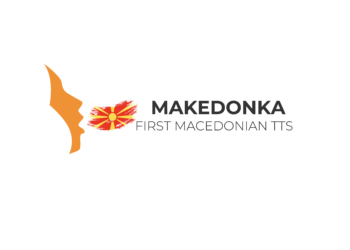





thank you, very useful